Another Oregon / Washington Coast Oddity: Bundles of Crab Shells on Beaches
Published 06/25/21 at 2:15 AM PDT
By Oregon Coast Beach Connection staff
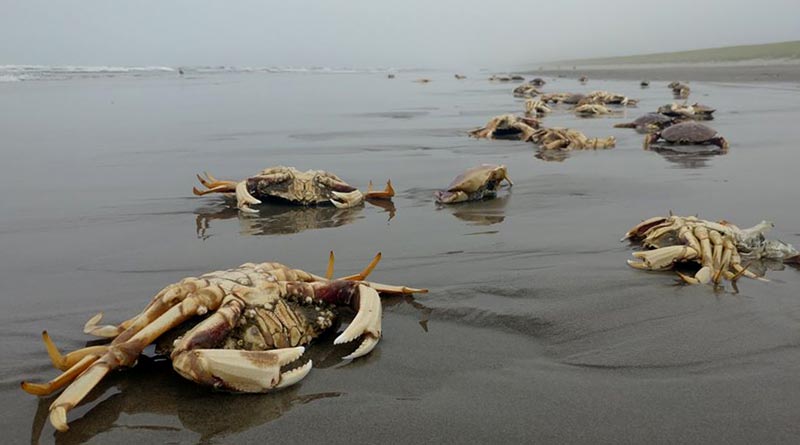
(Oregon Coast) – Like clockwork they show up this time of year on the Oregon and Washington coastlines: bunches of crab shells that look like some massive die-off. You'll even see the legs and other parts appearing to be intact. It often alarms visitors, but it's a harmless natural event. In fact, it's good for the crabs. (Photos courtesy Seaside Aquarium)
Those crabs are not deceased – they've simply left the building. Their shells are empty because it's molting season for the female Dungeness crab. Late in the summer you'll see it again but at that time it's the male Dungeness that vacate their premises. In August, you'll see even more of them.
Science calls it crab exuvia, according to Oregon Department of Fish and Wildlife (ODFW). Essentially, they've shed their shells and are getting ready to grow new ones.
“It can look like a major disaster occurred to the crab population, but it's as natural as kids outgrowing their old shoes,” ODFW said.
Tiffany Boothe of Seaside Aquarium deals with this each time, explaining it to visitors and educating on social media. She said this does not happen onshore, on the beach. Instead, they wriggle out of their shells out there in the deep.
“Discarded crab shells settle on the ocean floor until strong currents wash them ashore,” she said. “Molted crab shells have all the external parts intact - including legs, antennae, eyes, and gill supports, which makes it difficult to tell whether or not you are looking at a dead crab or just a molt.”
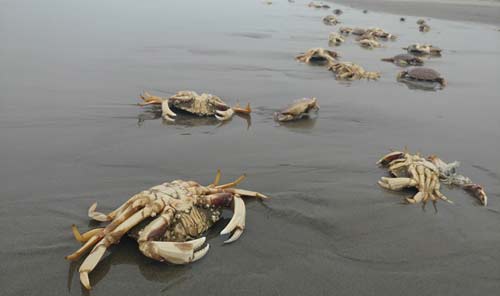
Though it's the Dungeness crab, before you start drooling over the idea of a free dinner scooped up off the beach, you won't find any meat in there. This is simply the exoskeleton parts and the shells.
Boothe said the crab’s new shell is soft and flexible. All this time it’s been developing while the crab was fasting before this point.
“The crab expands its new shell by filling its body cavity with water,” she said. “During this time, the crab is extremely vulnerable to predators and will bury itself in the sand to avoid detection. Once the crab’s shell starts to harden (which can take several days), the crab will resume feeding. Soon the crab will consume enough food to restore its fat reserves and replace the excess water in its shell with muscle. Then the cycle starts all over again.”
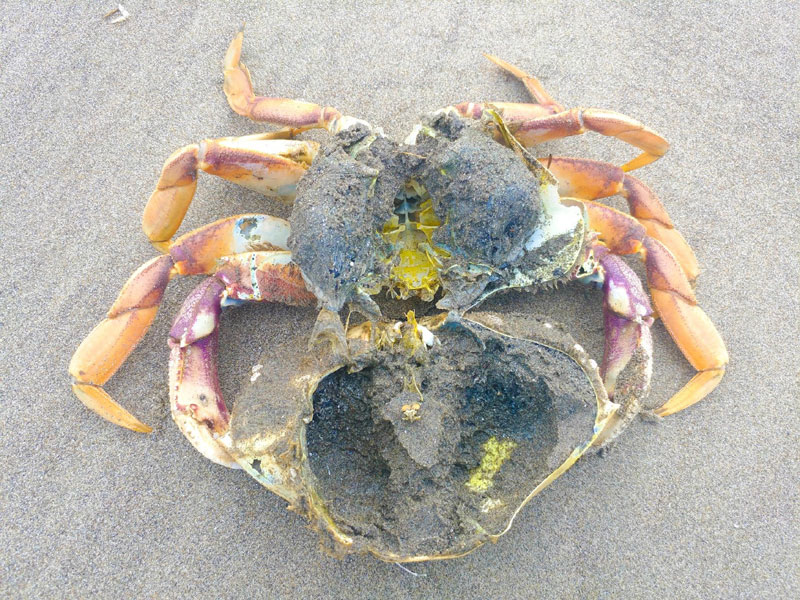
Reports have been popping up all over the Oregon coast, from the southern areas down around Bandon or Nesika up to Manzanita and beyond. These finds are currently accompanied by other sightings of a particular kind of salp that has visitors puzzled right now, as well as egg casings from squids, which show up as clusters of white tubes.
West winds always blow the largest number of things onto beaches, but there's likely not a lot of those winds now with the upcoming heatwave or the valley would be a little cooler.
Oregon Coast Hotels for this event - South Coast Hotels - Where to eat - Maps - Virtual Tours
MORE PHOTOS BELOW
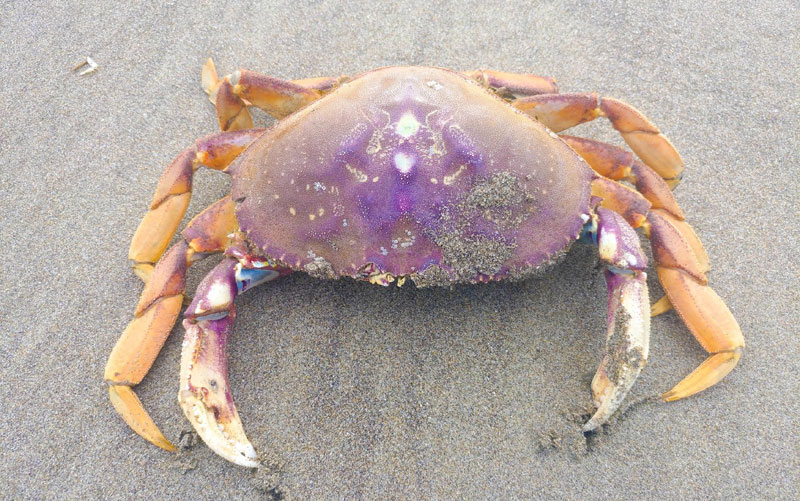
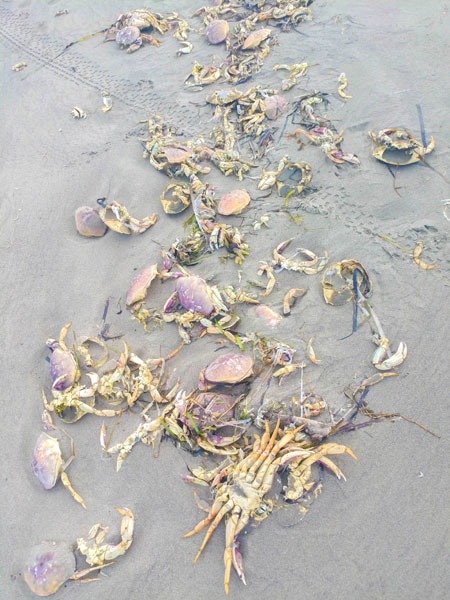
More About Oregon Coast hotels, lodging.....
More About Oregon Coast Restaurants, Dining.....
Coastal Spotlight
LATEST Related Oregon Coast Articles
Back to Oregon Coast
Contact Advertise on BeachConnection.net
All Content, unless otherwise attributed, copyright BeachConnection.net Unauthorized use or publication is not permitted
June 25, 2021 at 04:15PM
https://ift.tt/2U1qCXg
Another Oregon / Washington Coast Oddity: Bundles of Crab Shells on Beaches - Oregon Coast Beach Connection
https://ift.tt/2MkGRbk
Crab



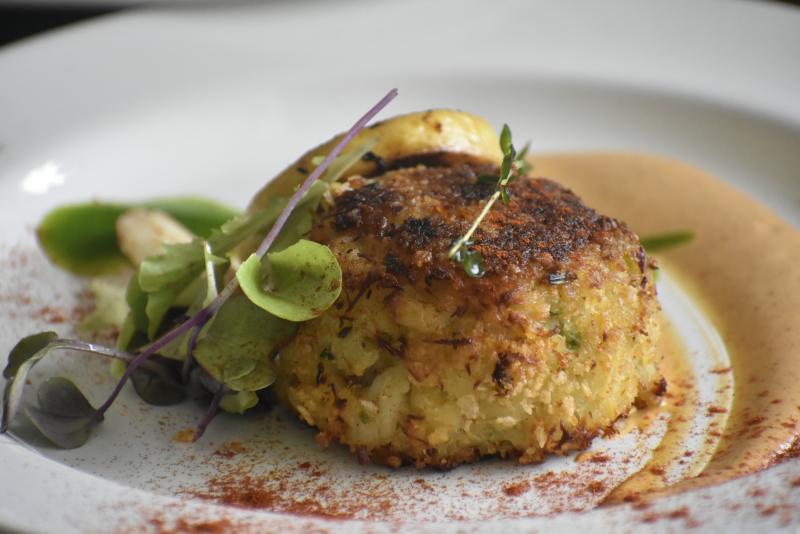
No comments:
Post a Comment